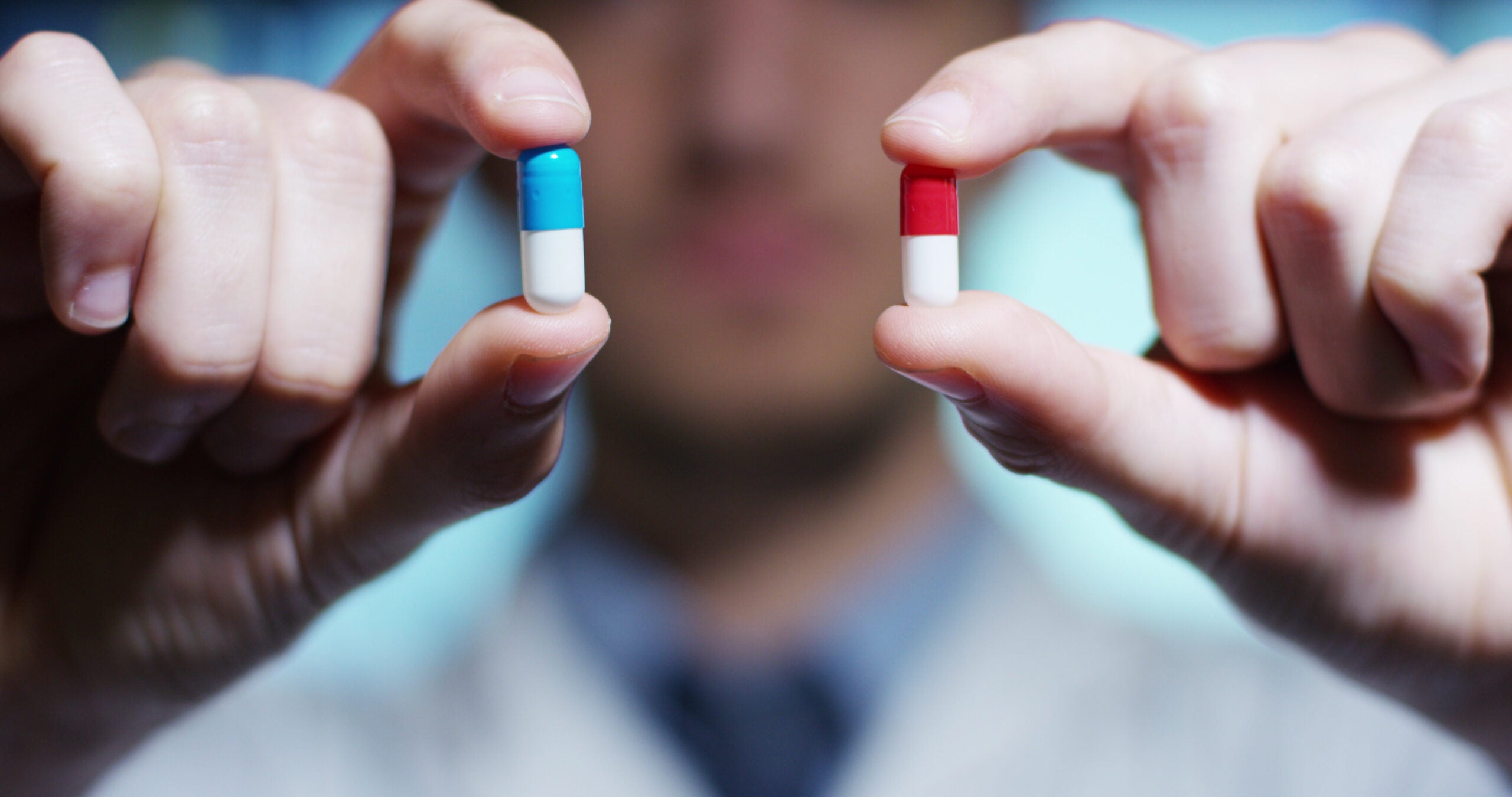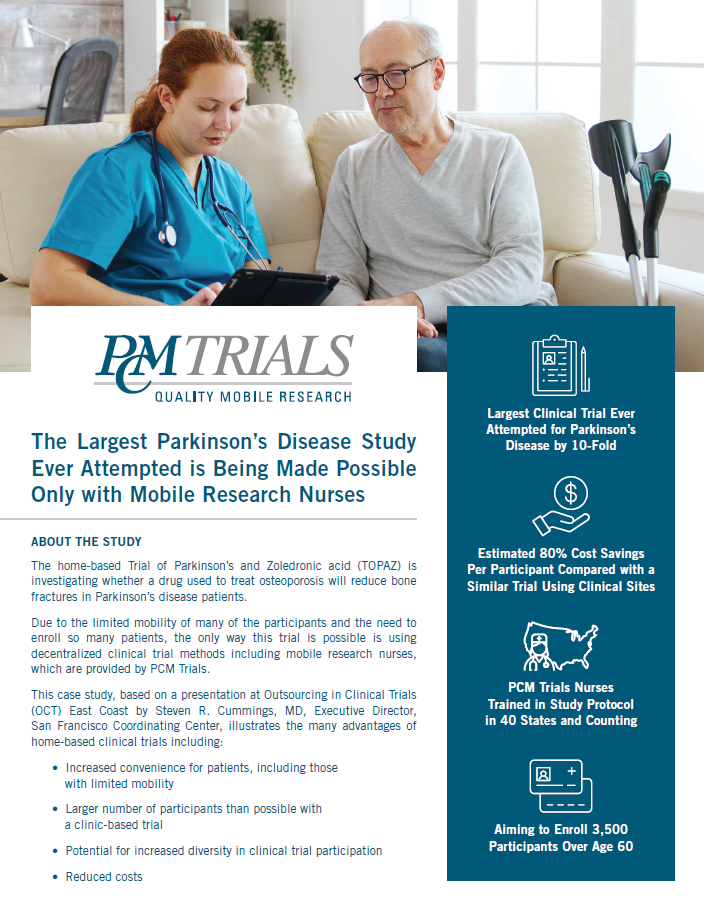
With decreasing margins on the horizon, pharma manufacturers have long shown an interest in specialty generics, which is only expected to rise in the future. Despite this, specialty generics are expected to be the domain of a handful of companies with the necessary manufacturing capabilities and legal backing needed for entering the market.
Specialty generics is a term used to refer to generic versions of drugs that are often expensive, complex, or “high touch”—requiring significant involvement of service to manage. This also includes biologics and biosimilars, which go through a different regulatory journey. Specialty drugs are most used to treat different cancers, rheumatoid arthritis, and multiple sclerosis. According to the Centers for Medicare & Medicaid Services (CMS), the price threshold for a therapy to be deemed a specialty drug is a monthly cost of $670, but some treatments can cost several thousand dollars every month.

US Tariffs are shifting - will you react or anticipate?
Don’t let policy changes catch you off guard. Stay proactive with real-time data and expert analysis.
By GlobalDataFew players currently manufacture specialty generics, but these expensive drugs can be a significant contributor to the growth of the entire generics sector. “It’s the only way for generic companies to access markets worth several hundreds of millions of dollars, because most of the new drugs right now in the market are in this specialty sphere,” says Enrique Seoane-Vasquez, PhD, professor in pharmaceutical economics, regulation, and policy at the School of Pharmacy at Chapman University in Orange, California.
The only way forward for generics producers
Margins in the generics market are overall being driven down, Harvard Medical School Health Economics professor emeritus Richard Frank, PhD, tells Pharmaceutical Technology. As more competitors enter the market, the price of a treatment goes down, explains Stanford University professor of medicine Dr. Kevin Schulman. In the specialty generics sector, there are fewer competitors and it is slower for new companies to enter the same space, says Frank. Thus, manufacturers stand to gain greater profit margins over a longer period. But this also reflects a wider trend within the broader market, which is moving towards complex biological and non-biological products, he adds.
Broadly, complex drugs are treatments with complicated active pharmaceutical ingredients (APIs), formulations, or drug/device combinations. They are sometimes referred to as hybrid medicines by the European Medicines Agency (EMA). There is some overlap between complex and specialty generics. Frank says the specialty drug category is often poorly defined, and he groups them both together.
According to Schulman, “specialty” largely refers to the high cost they command, and not necessarily their complexity. But there are some exceptions. For example, JAK inhibitors are oral drugs that feature a certain complexity, says Jonathan Watanabe, PhD, professor of Clinical Pharmacy at the University of California, Irvine.
More specifically, Frank says drug-device combinations share some of these characteristics. For example, mercaptamine eye drops, marketed under the name of Cystadrops for the treatment of cystinosis in the cornea, is considered a specialty drug. The wholesale cost for a single unit of Cystadrops is $2,384.71, as per GlobalData.
GlobalData is the parent company of Pharmaceutical Technology.
There has been major growth in interest in biosimilars in recent times, says Watanabe. This reflects the overarching trends within the industry. “The opportunity is going to increasingly be either in the biologic or complex generic area, including specialty generics,” says Frank.
“We expect great interest in biosimilars, but specialty generics are also needed by the patients to treat their diseases,” writes an FDA spokesperson reached by Pharmaceutical Technology in an email.
Nevertheless, small molecules will rise in prominence in the years to come, Watanabe adds. Unlike biosimilars, it is simpler for small molecule specialty generics to establish equivalence to their branded forms, explains Vasquez. But this also means potentially stiffer competition for chemical entities and small molecules in comparison to biosimilars, states Vasquez. Despite the interest, the biologics space did not feature as many biosimilars as previously expected, says Schulman, perhaps reflecting their more complex nature.
Still, Schulman says, “The first issue is: are firms going to produce these drugs?” He adds that the degree to which the cost of these specialty drugs will decrease as generic versions enter the market, is still unknown. At the same time, Schulman says that those who enter the market early can take up lucrative pricing opportunities.
Strong legal footing and manufacturing base vital
Given their complex manufacturing requirements, specialty generics could be limited to large generics producers, excluding smaller companies. In this sense, the likes of Teva Pharmaceuticals or Canonsburg, Pennsylvania-based Viatris have more substantial manufacturing and scientific infrastructures that would allow them to take on these ventures, explains Frank. Supply chain issues also come into play, meaning that owning proprietary API production is an advantage, he says. In contrast, smaller companies without this base have a disadvantage, adds Frank.
“The FDA knows that developing specialty generics, particularly generic injectable products, can be challenging. Some of these challenges include the need for specialised manufacturing facilities or processes for sterile injectable products,” writes the FDA spokesperson.
Watanabe refers to the example of Teva’s immunomodulator drug Copaxone used for the treatment of multiple sclerosis, which the company produced and marketed as its own branded product. Copaxone first went generic in 2015, sold under the name Glatopa by Novartis’s subsidiary Sandoz. According to GlobalData’s Pharma Intelligence Centre, the wholesale price of 20mg of Teva’s Copaxone is $8,536.8 while Sandoz’s generic is sold for $6,492.41. More recently, Teva tried to reclassify the drug as a biologic as a move against generics producers, but a Washington, DC federal court issued a decision against that attempt.
Together with production, legal services are an area where smaller players find themselves in a weaker spot, says Frank. “You need good production, good science and engineering, and you need good lawyers. For smaller companies, the last two are more problematic,” he says
Regulatory applications for generic drugs can be submitted through different pathways, based on their characteristics. If the drug involved is a complete duplicate of a pre-approved product, it should be submitted through the abbreviated new drug application (ANDA). But if it differs in a range of characteristics, including administration or dosage, it should be submitted through the 505 (b) (2) pathway. The second pathway is particularly relevant to complex generics.
While this could change if the FDA makes the pathway easier to navigate, the current framework tends to favour larger companies, adds Frank. The 505(b)(2) pathway is a large and expensive undertaking, which can prove burdensome to smaller companies, says Frank.
Separately, Schulman says that the evergreening of patents protracts the potential genericisation of assets on the market. More specifically, Frank mentions the use of line extensions used to stretch patents. In some cases, these are done for legitimate reasons in improving products, whereas others are done for strategic marketing purposes, he says. “There are significant rebates associated with the sort of branded versions here.”
Adding to this, Schulman says pharmacy benefit managers (PBMs) make it challenging to access lower-cost products. In June, the Federal Trade Commission announced the launch of an inquiry into PBMs, including their policies on specialty drugs. But while this could be a factor why generics are not included on formularies in preferred spots, PBMs could also promote the use of some treatments, says Frank. For example, AB rated drugs could see an automatic substitution for a generic, he explains. Drugs with an AB rating meet the required bioequivalence.
Despite the challenges, if one is looking at the future of generics, specialty drugs appear to be a major direction for manufacturers. “It’s the only way for generic companies [manufacturers] to survive,” says Vasquez.




